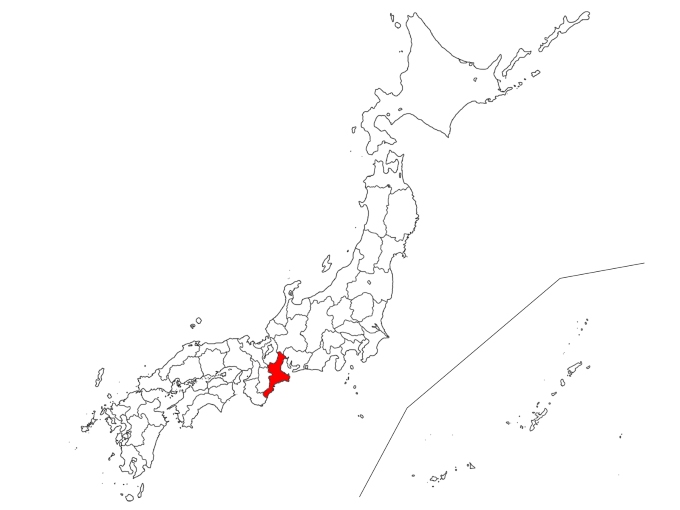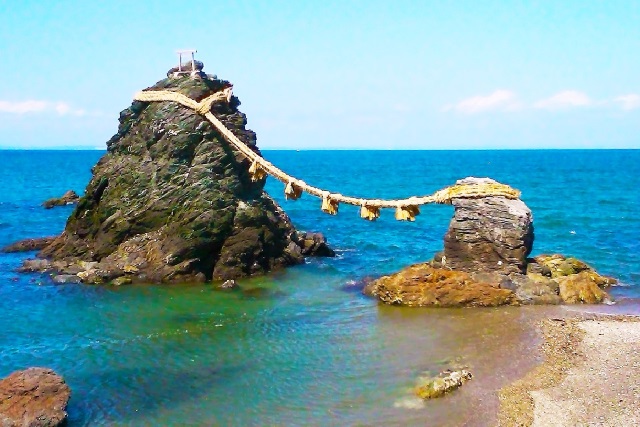Contents
1.Basic Information
Mie Prefecture is located in the central part of Japan and is home to rich cultural heritage sites such as the famous Ise Jingu, the World Heritage Kumano Kodo , and the history of Iga-ryu Ninja. There are also popular tourist facilities along the beautiful ria coastlines centered around Shima.
Ise Jingu
Located in Mie Prefecture, Ise Jingu holds the most revered position among Shinto shrines in Japan and is considered the important guardian deity of the Japanese people.Ise Jingu enshrines Amaterasu-oomikami at Kotai Jingu and Toyoukeno-oomikami at Toyouke Daijingu.
Amaterasu-oomikami is the sun goddess in Japanese mythology and considered the ancestral deity of the imperial family, and Toyoukeno-oomikami is believed to be the deity of prosperity in life.
Therefore, even today, the Emperor and Empress visit Ise Jingu for worship, indicating the deep relationship between the Imperial House of Japan and Ise Jingu.
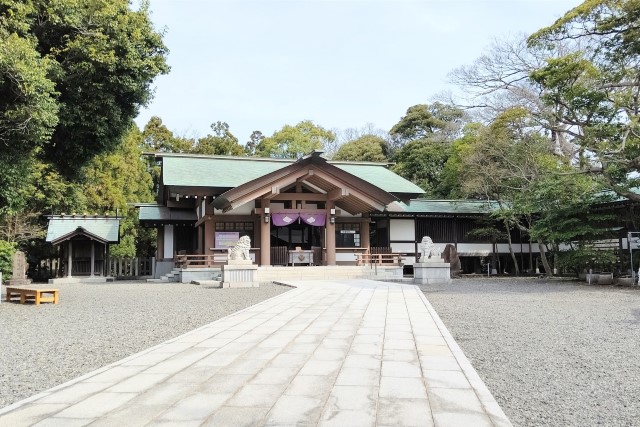
Kumano Kodo
Kumano Kodo is an ancient pilgrimage route leading to the Kumano Hongu Taisha (Kumano-hougu-taisya), Kumano Hayatama Taisha (Kumano-hayatama-taisya), and Kumano Nachi Taisha (Kumano-nachi-taisya) through Mie, Nara, Wakayama, and Osaka Prefectures. These routes have a history of over 1000 years and flourished as Japan’s largest spiritual site in medieval times. It was registered as a World Heritage site in 2004.
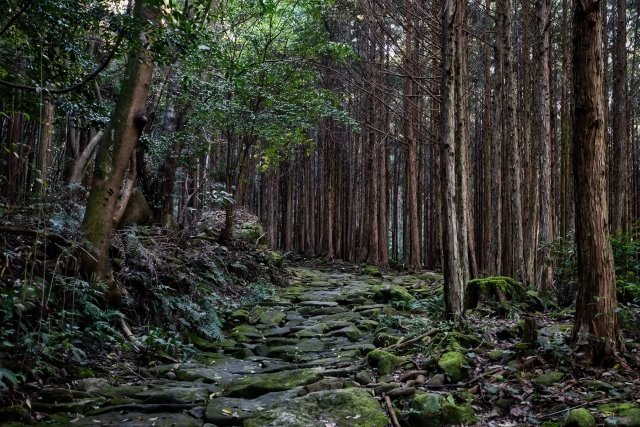
Shima Spain Village
Shima Spain Village in Shima City, Mie Prefecture, is a comprehensive resort facility that includes a Spain-themed amusement park “Parque Espana,” a hotel, and a natural hot spring. In the amusement park, you can enjoy a townscape modeled after Spanish architecture, Flamenco shows, Spanish cuisine restaurants, and various attractions.
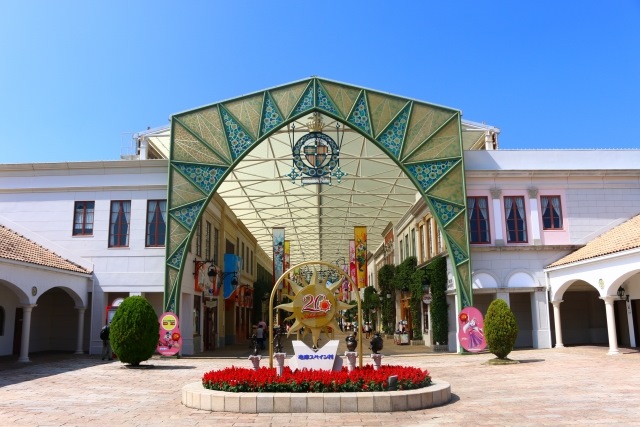
Shima Mediterranean Village
Shima Mediterranean Village, located in Shima City, Mie Prefecture, is a tourist facility that recreates a Mediterranean resort. It started as a villa in 1989 and is now open to the public as a hotel. Within its approximately 10,000-tsubo property, there are villa-style accommodations, hot springs, restaurants, cafes, shops, and facilities where you can enjoy cruising, fishing, and craft experiences, allowing you to freely enjoy resort life.
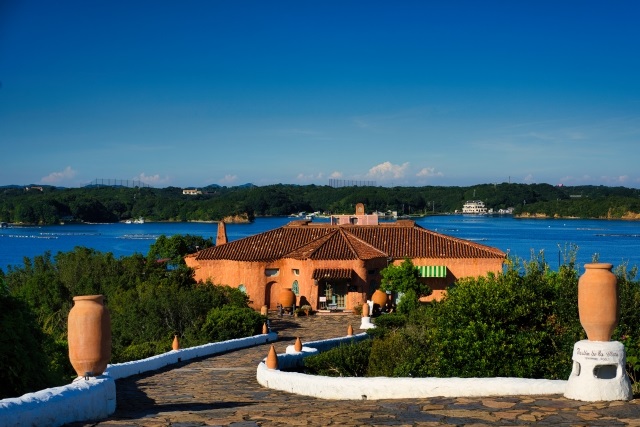
Nagashima Super Land
Nagashima Spa Land is a large-scale amusement park in Mie Prefecture and is the central facility of Nagashima Resort. Known as “the Fuji-Q Highland of the East, the Nagashima of the West,” it boasts the largest number of roller coasters in Japan. In summer, it also opens a huge outdoor pool and is adjacent to a large hot spring facility, multiple hotels, and the country’s largest outlet mall. It attracts many visitors not only from the Tokai region but also from Kansai, and it has the fourth-largest number of visitors in Japan, following Tokyo Disneyland, Tokyo DisneySea, and Universal Studios Japan.
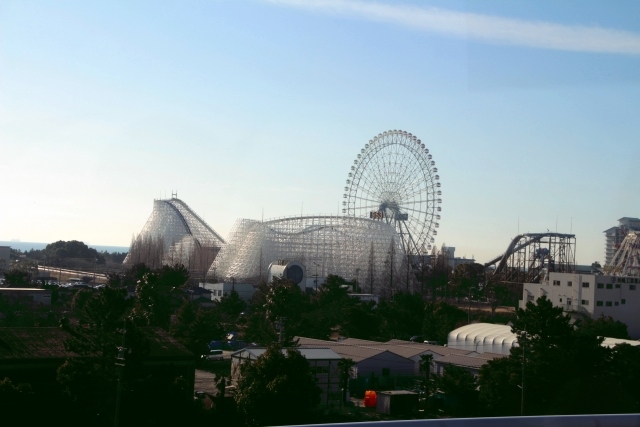
2.Reviews
Suzuka Circuit
Suzuka Circuit is an internationally renowned racing course located in Suzuka City, Mie Prefecture. It hosts major motorsport events such as the F1 Japanese Grand Prix and the Suzuka 8 Hours Endurance Road Race, making it a holy site for Japanese racing fans. Constructed by Honda in 1962, it is known as Japan’s first full-scale circuit. In addition to the race track, it is a comprehensive leisure facility that includes an amusement park and hotels. Its unique figure-eight layout is the longest in Japan.
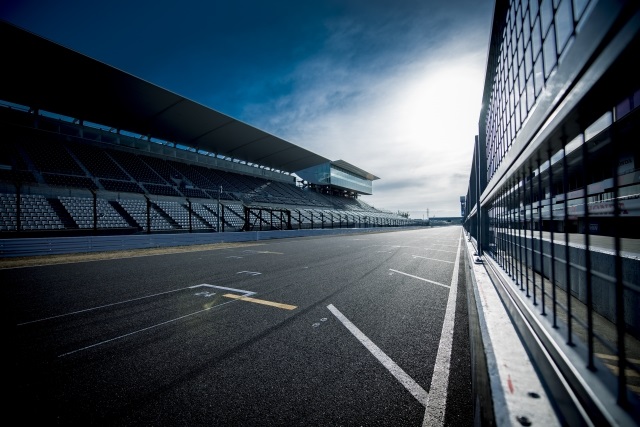
Okage Yokocho
The approximately 800-meter-long ‘Oharai-machi (Oharai-machi)’ starting from Uji Bridge is a street that retains an old-fashioned atmosphere with traditional souvenir shops and restaurants. Here, one can still feel the ambiance of the Edo period’s pilgrimages to Ise Jingu. ‘Okage Yokocho (Okage-yokocho)’ refers to an area established in 1993 in the middle of this town, recreating the old townscape.
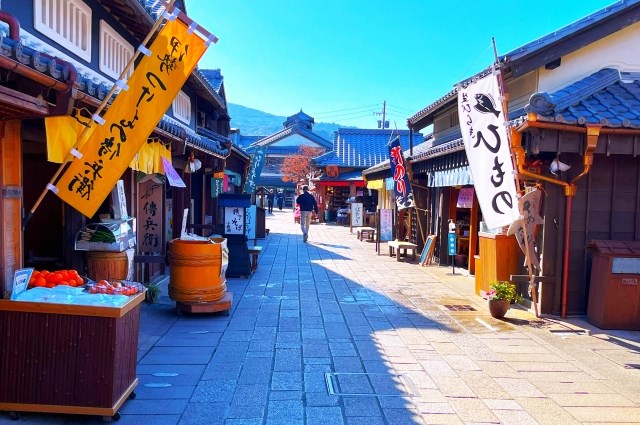
3.Local Food



4.Transportation Information
■ How to get to Ise Jingu
Ise Jingu Official Site (supports English, Traditional Chinese, and French)
https://www.isejingu.or.jp/index.html
■ How to get to Kumano Kodo
Kumano City Tourism Association Official Site (supports English and Simplified Chinese)
https://www.kumano-kankou.info/firsttime/access/
■ How to get to Nagashima Super Land
Nagashima Super Land Official Site
https://www.nagashima-onsen.co.jp/spaland/access/index.html
5.Map Information
